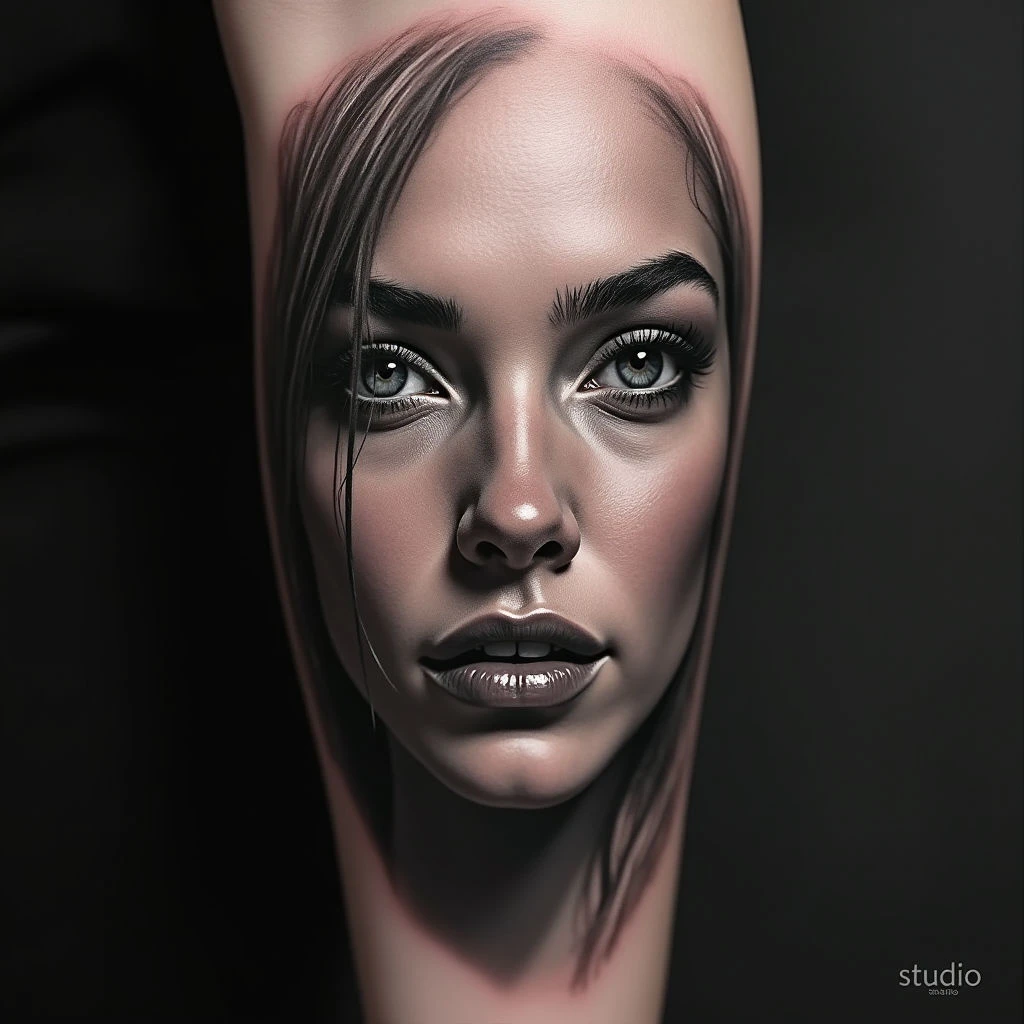Creating a Photorealistic Portrait Tattoo
Creating a photorealistic portrait is one of the most challenging yet rewarding endeavors in tattoo artistry. This particular piece focuses on capturing the delicate nuances of a woman's face using only black and grey shading. The goal isnÔÇÖt just to replicate an image; it's to convey emotion, personality, and a sense of life within the inked skin.
The key lies in meticulous attention to detail. Skin texture is recreated with subtle variations in tone ÔÇô pores are suggested by tiny dots, wrinkles are rendered with soft lines, and highlights are achieved through precise lightening techniques.
The Eyes
The eyes, often considered the window to the soul, demand the most care. Light reflects off the cornea, creating a wetness thatÔÇÖs crucial for realism; shadows define the depth of the iris and pupil.
Shading Process
The shading process itself is gradual and layered. Starting with light grey tones, the artist builds up darker areas incrementally, constantly assessing the overall effect. Blending is essential ÔÇô harsh lines are avoided in favor of smooth transitions between shades. This requires a steady hand, an understanding of light and shadow, and years of practice.
Selection of Black Ink
The selection of black ink is also vital. Different shades of grey can be achieved by diluting black ink with water or distilled water but this carries risks of allergies and premature fading if not done correctly. The artist must understand how the ink will behave in the skin over time to ensure longevity and clarity.
Conclusion
Ultimately, a successful photorealistic portrait tattoo isn't just about technical skill; itÔÇÖs about capturing a moment in time and imbuing it with feeling.


